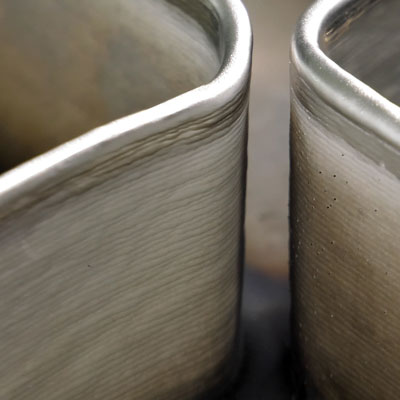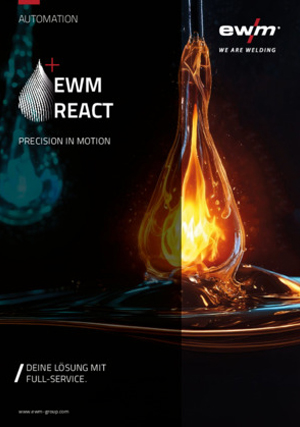WELDING PROCESS automation
EWM React
Automated welding process with active wire movement and full control over droplet transfer
EWM React
Compared to the short arc, the EWM React welding process involves up to 35 percent less heat input with a deposition rate that’s twice as high. With this welding process, you have full control over droplet transfer. Instead of uncontrolled transfer from the wire end into the weld pool, the droplet is reliably deposited even at high welding speeds. This in turn results in virtually no weld spatter and significantly reduces the need for finishing work, ensuring maximum efficiency and productivity in your operation.
Advantages:
- Greatly increased welding speed
- Higher deposition rate
- Reduced heat input
- Minimal distortion
- Maximum ignition reliability
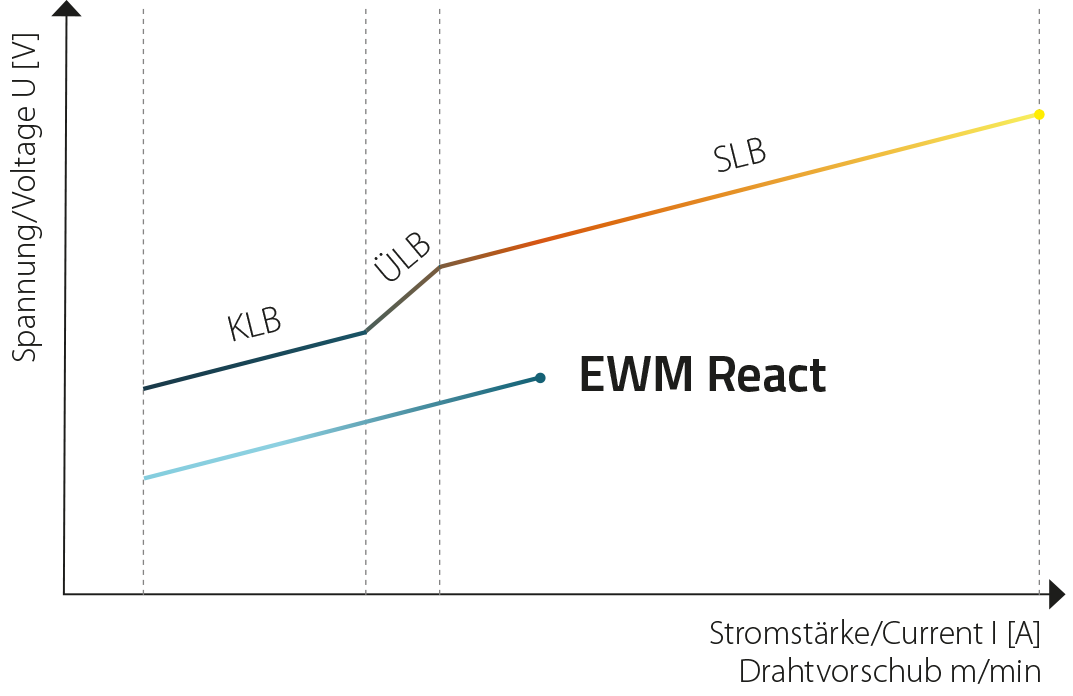
*Compared to a standard short arc
Video
EWM React
Greatly increased welding speed
The process
1
The wire is actively moved towards the weld pool, where the arc burns on the molten metal and produces a molten droplet.
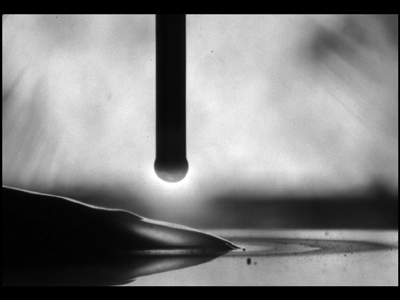
2
When the wire touches the molten metal, a short circuit occurs and the droplet passes into the weld pool. The short circuit resolution is controlled by the RCC module.
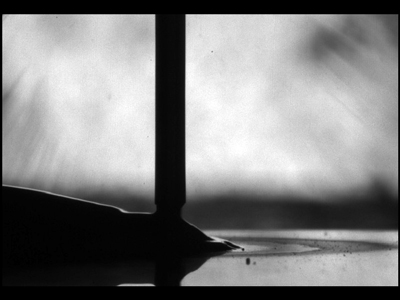
3
The wire is now actively and very precisely withdrawn from the weld pool, and the arc ignites again.
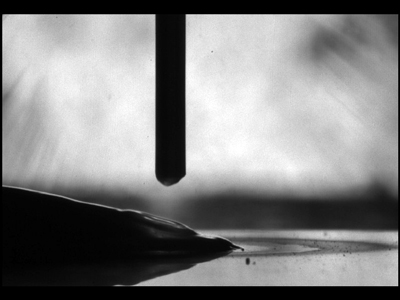
Fields of application
Demanding welding tasks are no problem for EWM React. Our welding process is an advanced solution wherever precision, process stability and controlled heat input are required.
Joint welding
The two process variants EWM React Speed and EWM React Positionweld are ideal for welding high tensile steels and CrNi components. This is made possible by the fact that with EWM React, the welding speed can often be doubled and the heat input reduced by up to 35 percent.
Advantages:
- Perfect ignition for every component
- Less finishing work
- Suitable for all welding positions
- Quick and easy setting with just a few parameters
- Welding speeds from 250–350 cm/min
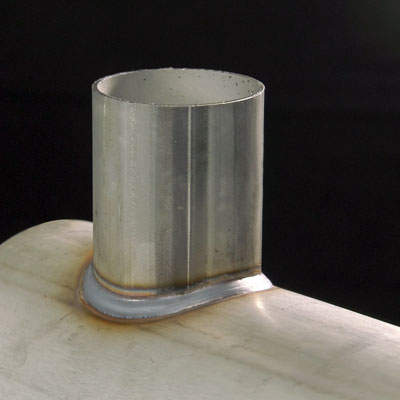
Cladding
Conventional cladding can often lead to melting of the lower-alloy parent metal while the high-alloy protective layer is being applied. EWM React prevents this thanks to its low heat input paired with a high deposition rate. This results in perfect, highly corrosion-resistant weld seams.
Advantages:
- Best corrosion resistance
- High productivity
- Efficient use of materials
- Also possible with pure argon or Ar/He shielding gas
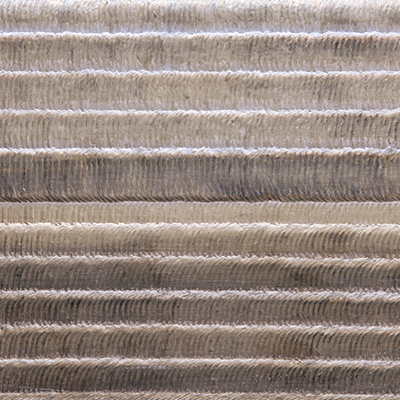
Wire Arc Additive Manufacturing (WAAM)
In the automated production of large components and complex geometries, the EWM React automation welding process stands out with a host of advantages and makes the workflow significantly more efficient. Significant cost reduction, as well as considerable time savings and increase in weld seam quality are just a few of the benefits.
Advantages:
- Controlled minimum heat input
- Stable and constant welding process
- High deposition rate
